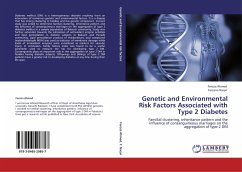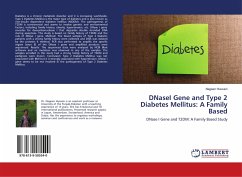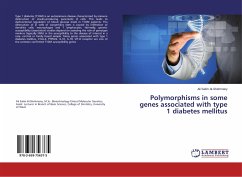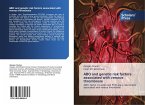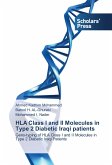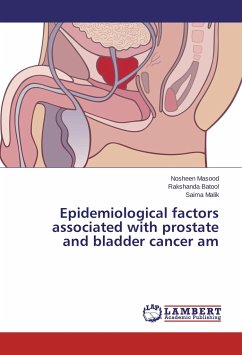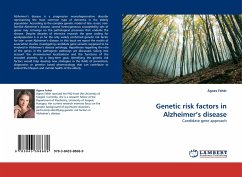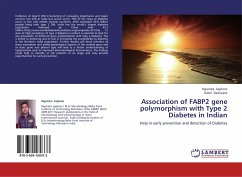Diabetes mellitus (DM) is a heterogeneous disorder resulting from an interaction of numerous genetic and environmental factors. It is a disease that has strong clustering in families and has genetic component. Current study was aimed to determine familial clustering, inheritance pattern and the influence of consanguineous marriages on the aggregation of type 2 diabetes mellitus in a sample population of Balouch community. Study was further extended towards the estimation of antioxidant enzyme activities and lipid peroxidation in diabetic subjects in Balouch and Punjabi community. Lipid peroxidation product of thiobarbituric acid compound (malondialdehyde MDA) was used as indicator of membrane damage while levels of antioxidant enzymes were considered as markers for vascular injury. In conclusion, Family history index was found to be a useful parameter used to measure the risk for developing type 2 DM. Consanguinity plays an important role in the aggregation of type 2 DM in families having diabetic subjects. Offsprings and siblings of type 2 DM patients have a greater risk to developing diabetes at any time during their life span.
Bitte wählen Sie Ihr Anliegen aus.
Rechnungen
Retourenschein anfordern
Bestellstatus
Storno

